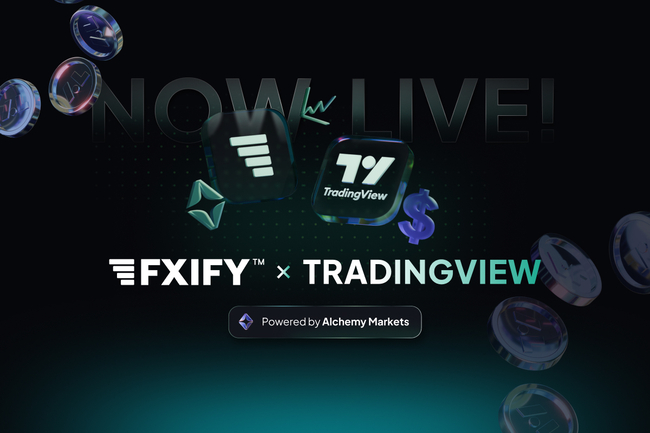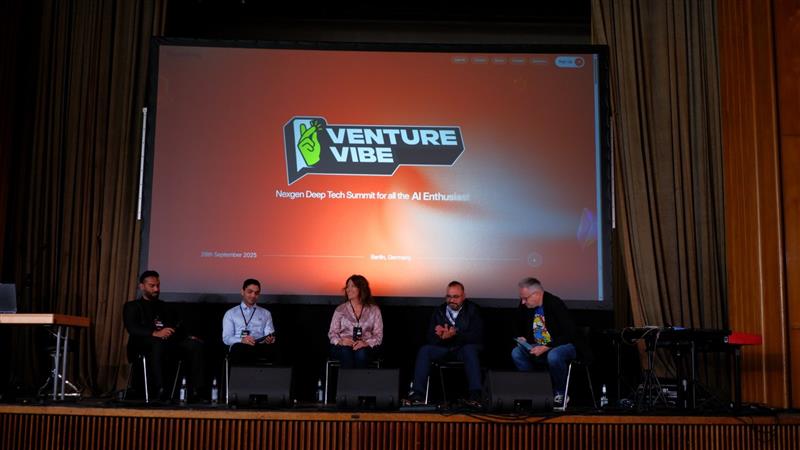The kitchen is the heart of the home—a place for meals, chatter, and the occasional midnight snack. Yet, chaos creeps in fast. Before you know it, you’re digging through drawers for a spatula or searching for a clean mug.
Ever glanced around and thought, How did it get this bad? You’re not alone. A sloppy kitchen strains your patience and slows you down.
The good news? You don’t need a complete makeover. A few clever tweaks can restore order, making your space feel more practical and—dare I say—enjoyable? Let’s get to work.
Start Small, Dream Big
The size of a kitchen makes managing its clutter difficult. The sheer number of pots, pans, and cooking utensils can get in your way. As a result, you should avoid juggling too many chores at once.
Start small. Pick a single drawer or cupboard. Take everything out and assess what’s there. You’ll probably be shocked at how many duplicates you’ve unknowingly hoarded—how many tin openers does one person need?
Moreover, do you really need three whisks when you only ever use one?
Be ruthless. You have to leave if you keep forgetting you had it, hardly use it, or it is beyond repair. Sort your kitchen in sections, paying close attention to what is really helpful and what is just occupying space.
Consider your cooking approach as well. The aim isn’t just a neater kitchen, but one that works for you.
The ‘Out of Sight, Out of Mind’ Rule
It’s tempting to pack things into drawers and pretend the mess doesn’t exist. Yet, that’s how clutter wins. The trick? If you haven’t touched something in six months, ask yourself whether it really needs to be in the kitchen.
Take festive mugs, for instance. If they only see the light of day once a year, why are they hogging space in your main cupboard? Pop them on a high shelf, store them elsewhere, or—if you’re feeling bold—donate the ones you never use.
Prioritise your everyday essentials. Plates, glasses, cutlery—these should be within easy reach. Anything seasonal or rarely used? Out of the way, but not forgotten.
Let’s talk about the pantry. Stale cereal, forgotten snack packets, and spices from a decade ago? They’re just taking up prime real estate. A quick clear-out will not only free up space but make finding what you actually need far easier.
Embrace Multi-Functionality
If you enjoy cooking, you’ll enjoy the allure of speciality kitchen appliances. However, how frequently do you use that avocado slicer?
Choose multipurpose tools for your kitchen rather than ones that are only used once. A sturdy cast-iron pan can be used for baking and frying, and a keen chef’s knife can perform the functions of a dozen fancy appliances.
Ask yourself, ‘Can this do more than one thing?’ while deciding what stays. If the response is no, it’s time to either let it go or put it away.
Minimalism in the kitchen doesn’t mean boring meals. It means less rummaging, less mess, and fewer barriers between you and a great plate of food.
Maximise Your Worktop Space
Worktops are prime real estate, yet they’re regularly drowning in clutter. Toasters, kettles, spice racks, chopping boards—it’s no wonder there’s never enough room to actually cook.
If an appliance isn’t used daily, it doesn’t need to live on the counter. Pop it in a cupboard instead. The more space you clear, the bigger and tidier your kitchen will feel.
Wall-mounted storage is your friend. Magnetic knife strips, spice racks, or hooks for mugs and dish towels all keep things accessible without cluttering your workspace.
Moreover, if you must keep items on the counter, do it with intention. A sleek tray for essentials, a hanging pot rack, or a designated coffee station can keep things functional without making your kitchen look like a disaster zone.
Declutter Your Fridge and Freezer
The fridge can be a graveyard of forgotten food. Leftovers shoved to the back, half-empty jars, and mystery containers that nobody dares to open—it’s a mess waiting to happen.
Once a week, do a quick scan. Bin anything past its best, wipe down the shelves, and reorganise where needed. A designated space for leftovers, dairy, and fresh produce makes life so much easier.
A clutter-free fridge isn’t just nicer to look at—it also means you’ll waste less food. No more discovering that a perfectly good yoghurt expired last week because it was buried under a pile of condiments.
The same rules apply to the freezer. Transparent, labelled containers are your best bet. Stack items properly and rotate older foods to the front. Keep a small list of what’s inside so you don’t forget about those frozen meals you prepped weeks ago.
Call in the Professionals for the Tough Tasks
Some messes just won’t budge, no matter how hard you scrub. Grease buildup on extractor fans, grime inside the oven, or that sticky residue under the fridge—sometimes, it’s best left to the technicians.
Find a cleaner, and let a qualified expert give your kitchen a deep clean in just a few hours. Once the heavy lifting is done, maintaining the cleanliness becomes far easier.
Yes, it costs money. But consider the time and effort saved. And the joy of stepping into a spotless kitchen? It’s truly worth every penny.
Keep It That Way with Regular Maintenance
Tidying up is only half the battle. Without regular upkeep, the mess will creep back in.
Every few months, reassess your cupboards. If clutter is making a comeback, tackle it before it spirals out of control.
A simple habit that makes a huge difference? Tidy the kitchen every night. Put dishes away, wipe down surfaces, and clear any random bits and bobs. It takes minutes, but it means you wake up to a refreshed space, ready to start the day right.
Conclusion
Sorting out your kitchen initially seems daunting. Still, go step by step, and it’s remarkably under control.
Every small action counts, whether you’re organising cabinets, throwing out useless devices, or giving your refrigerator a much-needed updated look.
The nicest part about it is after everything is set up, maintaining order comes easily. So get set, get a bin bag, and let’s turn your kitchen to a place you truly enjoy working in.














 Bitcoin
Bitcoin  Ethereum
Ethereum  Tether
Tether  XRP
XRP  USDC
USDC  TRON
TRON  Lido Staked Ether
Lido Staked Ether  Cardano
Cardano  Avalanche
Avalanche  Toncoin
Toncoin  Wrapped SOL
Wrapped SOL